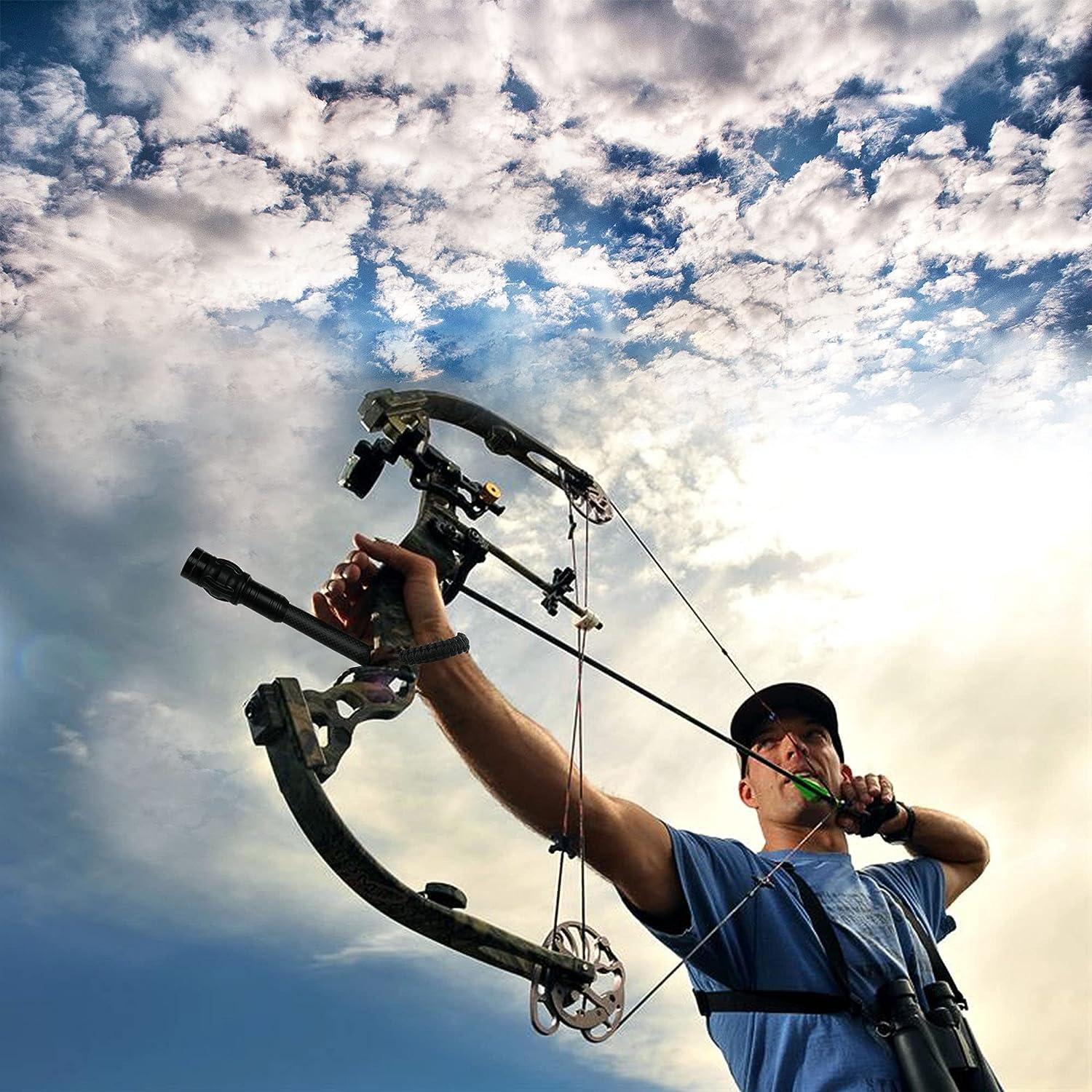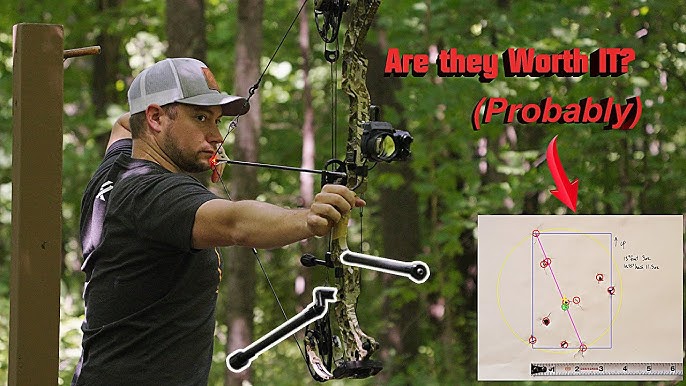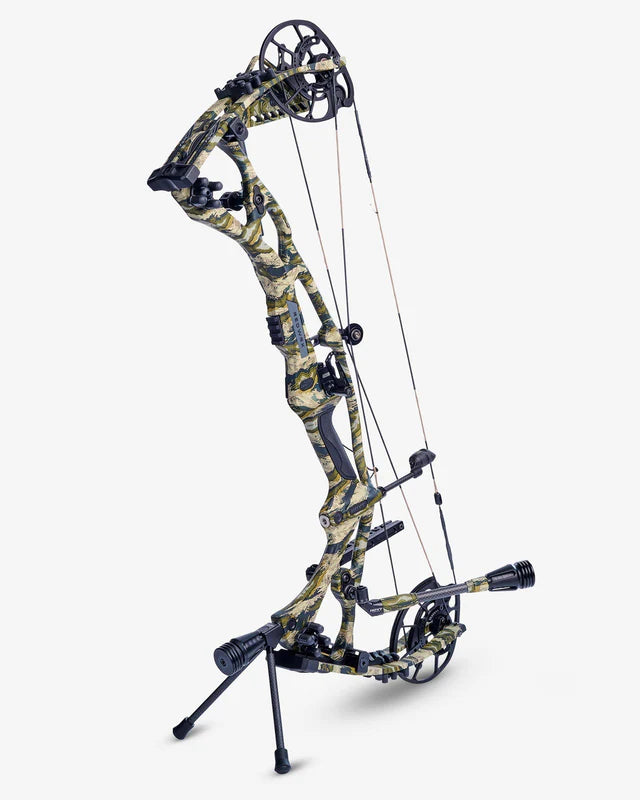Master the Art of Archery: Understanding the Importance of a Stabilizer in Your Arrangement
Archery, an ancient sport that calls for focus, ability, and precision, has actually captivated people for centuries. Whether one is a seasoned archer or simply starting their journey, the significance of a stabilizer in their arrangement can not be overstated. This important item of tools plays a considerable function in improving accuracy and boosting general efficiency. By understanding the advantages of making use of a stabilizer, taking into consideration the best factors when choosing one, and effectively installing and changing it, archers can boost their abilities to new heights. Let us discover the ins and outs of grasping the art of archery and discover the invaluable function that a stabilizer plays in achieving success on the variety.
The Duty of a Stabilizer in Archery
A stabilizer plays a vital function in archery by enhancing balance and decreasing resonances throughout the shot. A stabilizer aids to counteract these resonances by taking in and dissipating the energy (archery stabilizer).
One of the primary advantages of a stabilizer is its ability to improve balance. When an archer holds a bow, it can be challenging to preserve a consistent aim. The weight of the stabilizer aids to distribute the weight equally, minimizing the stress on the archer's arm and enhancing stability. This enables the archer to concentrate on their goal and perform an extra accurate shot.
In enhancement to balance, a stabilizer likewise helps to lower torque. The weight and design of a stabilizer counteract this rotation, making sure an extra exact and constant shot.
Benefits of Utilizing a Stabilizer
The usage of a stabilizer in archery uses various advantages that boost an archer's efficiency and total shooting experience. A stabilizer assists to minimize the resonances generated upon release of the arrowhead. These vibrations can cause the bow to torque or spin, leading to incorrect shots. By soaking up and moistening these vibrations, the stabilizer enhances the security of the bow, enabling more exact and consistent shots.
Secondly, a stabilizer assists to stabilize the bow by adding weight to the front end. This weight distribution counteracts the natural tendency of the bow to tip onward upon launch, reducing the quantity of movement and boosting the archer's capacity to maintain objective on target.

Last but not least, a stabilizer can additionally function as a shock absorber, lowering the shock and recoil experienced upon launch. This not just improves the convenience of shooting however also reduces the risk of injury or strain on the archer's body.
Just How a Stabilizer Boosts Accuracy
Enhancing the accuracy of an archer's shots, a stabilizer plays an important duty in enhancing general performance. archery stabilizer. By adding security to the bow, a stabilizer helps decrease the undesirable motion and resonance that can take place throughout a shot. This reduction in motion permits the archer to keep a constant objective, causing you can try these out more exact and regular shots

Additionally, a stabilizer helps to wet resonances that occur upon launch. These resonances can trigger the bow to shake, impacting the arrow's trajectory and precision. By soaking up and dissipating these resonances, a stabilizer assists to preserve the bow's stability and ensure a exact and smooth shot.
Moreover, a stabilizer can likewise assist in balancing the weight distribution of the bow (archery stabilizer). By including anonymous weight to the front of the bow, a stabilizer assists to balance the weight of accessories, such as sights or quivers, which may be connected to the bow. This balanced weight circulation assists the archer keep a controlled and consistent capturing placement, causing enhanced accuracy
Aspects to Think About When Selecting a Stabilizer
When choosing a stabilizer for your bow, it is vital to consider numerous factors that will certainly contribute to its total performance and viability for your individual shooting style. The initial variable to think about is the length of the stabilizer.
Another aspect to think about is the weight of the stabilizer. The weight of the stabilizer can impact the equilibrium of your bow.
Furthermore, it is very important to think about the design and construction of the stabilizer. Some stabilizers have adjustable functions, such as adjustable size or adjustable weights, which permit you to tailor the stabilizer to your particular demands. The products utilized in the building and construction of the stabilizer can likewise affect its effectiveness. Carbon fiber stabilizers are lightweight and long lasting, while light weight aluminum stabilizers supply a balance between weight and strength.
Different stabilizers may work far better for particular shooting designs, such as target shooting or hunting. It is recommended to seek advice from with skilled archers or experts to figure out which stabilizer will certainly finest fit your individual needs.
Tips for Effectively Changing a stabilizer and setting up
Proper installation and modification of a stabilizer is essential for optimizing its performance and ensuring optimal shooting accuracy. When mounting a stabilizer, it is essential to comply with a couple of crucial steps to ensure its effectiveness. Initially, determine the suitable size of the stabilizer based on your shooting design and preferences. Longer stabilizers provide more security however can be less manoeuvrable, while much shorter stabilizers offer boosted maneuverability however might compromise security. When you have chosen the appropriate length, connect the stabilizer to the bow using the offered installing equipment. Guarantee that the stabilizer is safely fastened and straightened find more with the bow's riser.
After installing the stabilizer, it is needed to make modifications to accomplish the wanted balance and shot consistency. Beginning by adjusting the weight distribution along the stabilizer. Additionally, think about adjusting the angle of the stabilizer to make improvements the shot.

Final Thought
Finally, a stabilizer plays an essential role in archery by improving accuracy and decreasing bow torque. By including weight to the bow, it assists to support the shot and balance. When choosing a stabilizer, variables such as weight, size, and material ought to be taken into consideration to satisfy individual requirements. Appropriate installment and modification of the stabilizer are likewise important for optimal performance. Understanding using a stabilizer can greatly enhance the archer's skill and accuracy.
Furthermore, a stabilizer can also assist in stabilizing the weight distribution of the bow. By adding weight to the front of the bow, a stabilizer aids to stabilize the weight of devices, such as quivers or views, which might be attached to the bow. Some stabilizers have adjustable attributes, such as flexible size or adjustable weights, which allow you to customize the stabilizer to your particular demands. Carbon fiber stabilizers are durable and lightweight, while light weight aluminum stabilizers provide an equilibrium in between weight and strength.
Longer stabilizers supply more stability yet can be much less manoeuvrable, while shorter stabilizers use boosted maneuverability yet may compromise stability.